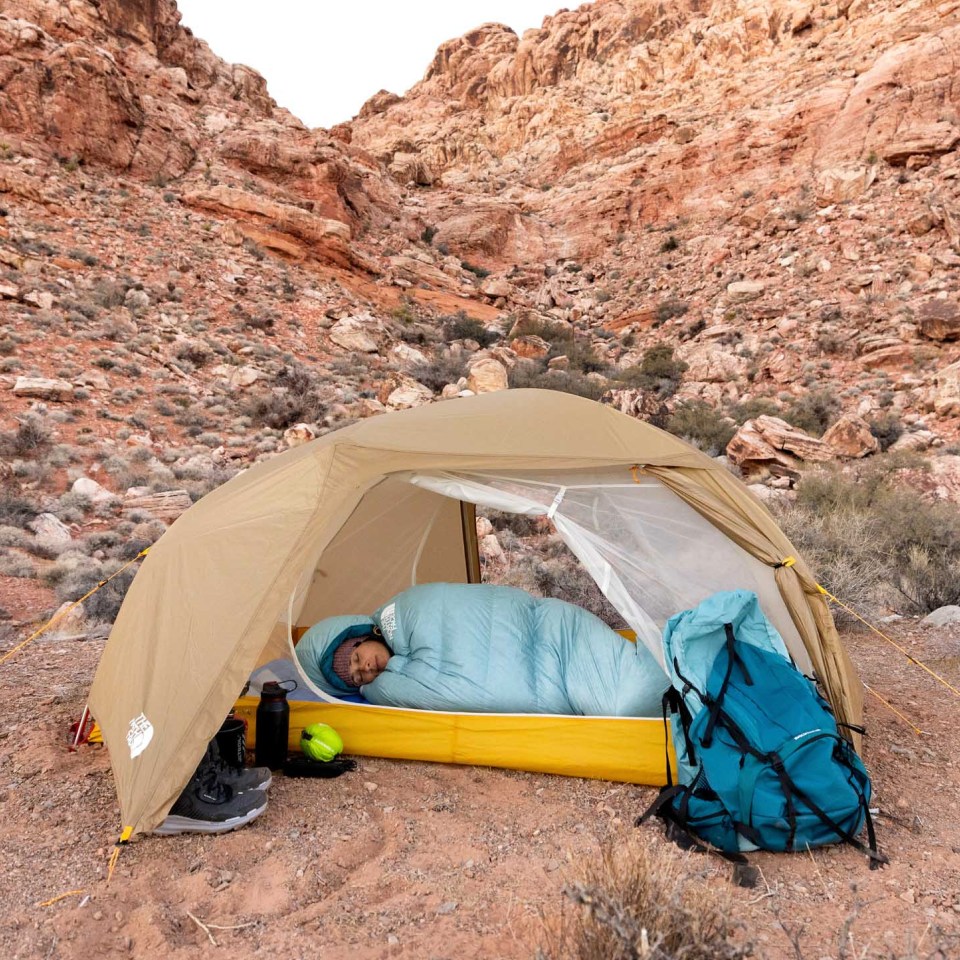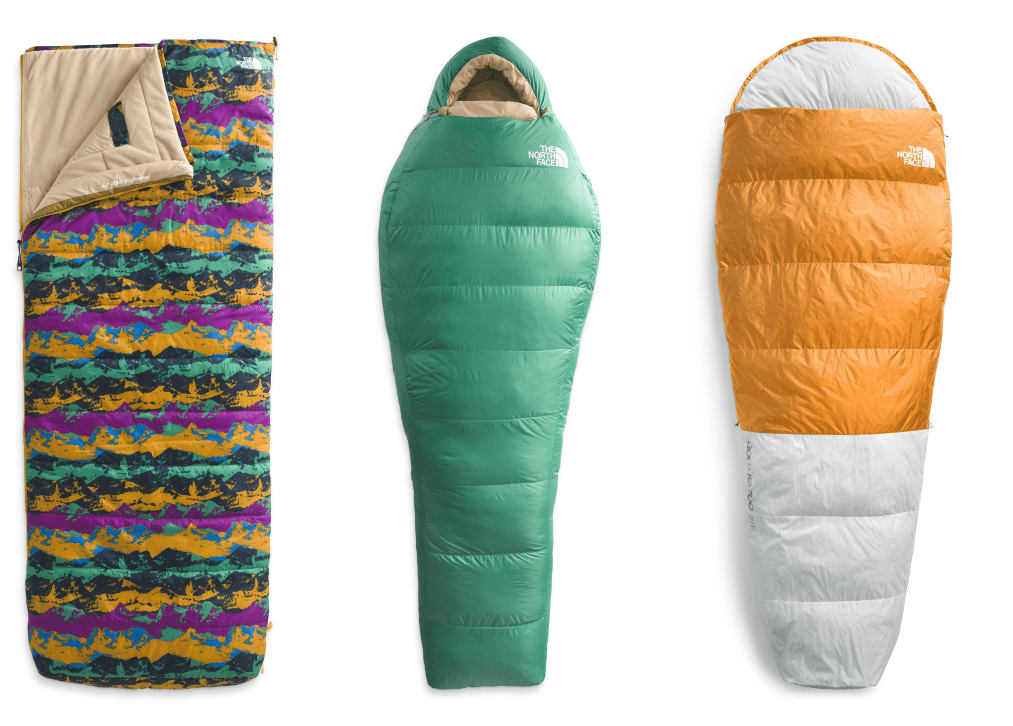
How to choose a sleeping bag.
2025-03-18
We all know how to use a sleeping bag—you literally sleep in it. Simple. But finding the right sleeping bag and knowing how to maintain it is another story.
A high-quality sleeping bag can last years, if not decades—especially when you take good care of it. With that in mind, we’ve put together a quick guide for how to choose a sleeping bag, how to wash it and how to store it.
The first thing to consider is the temperature rating. Make sure your sleeping bag is designed for the temperatures you are going to experience.
The next thing to think about is the size and shape. Sleeping bags vary but they generally come in three shapes:

- Rectangular: Loose and spacious but less efficient and less packable.
- Mummy: Efficient warmth and packability but can feel more restrictive.
- Tapered rectangular: A combination of both.
High-altitude trekkers at freezing temperatures will prioritize the warmth and heat retention of mummy sleeping bags. Meanwhile, campers in moderate climates can choose a shape that suits their bodies and sleeping styles.
The best winter sleeping bag.
Zero degree down mummy sleeping bags are your best friend if you’re looking for a reliable sleeping bag on cold nights. They’re highly compressible, the down fill and mummy shape are most efficient for warmth and they usually come with a fully insulated hood. (If the forecast is wet, consider water-repellent down or a synthetic fill.)
The best summer sleeping bag.
When temperatures ease up, we reach for something with a higher temperature rating so we won’t overheat—usually 35 degrees or above. And if weight isn’t an issue, now is the time to opt for a less restrictive shape. Look for sleeping bags with full-length, two-way zippers for easy ventilation. Some sleeping bags are even built to include ventilation zips.
How to store sleeping bags.
One of the convenient things about sleeping bags is that they can be squished into a compression bag. While this is great for traveling, it’s actually better to keep your sleeping bag loosely packed for long-term storage. After a camping trip you should:
- Take it out of its compression stuff sack.
- Shake out any loose debris.
- Let it air for a while and dry out.
- Store it loosely in a breathable cotton, nylon or mesh bag (often included with purchase).
- Put it away in a cool, dry place.
- You can hang your sleeping bag on a clothes hanger in your wardrobe.
How to wash a sleeping bag.
Every sleeping bag is different so make sure to double-check the care instructions before washing.
How to wash a down sleeping bag.
If you can, take your sleeping bag to a professional cleaner specializing in down products. If you choose to wash your down sleeping bag yourself, check the label carefully and follow the instructions.
Some best practices for washing and drying a down sleeping bag include:
- Use a front-loading washing machine on a gentle cycle or wash by hand.
- Use a down-wash detergent to minimize residue.
- Allow plenty of time to dry fully.
- To dry quickly, place the sleeping bag in a tumble dryer with two tennis balls on low heat.
- Keep drying until the bag has returned to its original loft.
- Check the bag frequently to make sure the fabric isn’t getting too hot.
How to wash a synthetic sleeping bag.
- Use a commercial-sized, front-loading washing machine.
- Wash in warm water with a mild powder detergent.
- Rinse several times to remove all the dirty, soapy water.
- Use an extra spin cycle to remove excess water.
- Line dry, or tumble dry on very low, or no heat.
- Check frequently to make sure the fabric is not getting too hot.
- Make sure your bag is completely dry before storing.
How to fold a sleeping bag.
How do you fold a sleeping bag? Trick question—you don’t.
As we’ve already covered, the compression stuff sack is a temporary storing option for your sleeping bag so there’s no point spending time and energy meticulously folding or rolling your sleeping bag into it.
Folding your sleeping bag puts stress on the filling and risks damaging it. Stuffing your sleeping bag is an easier and more effective way to temporarily store it.
Find your dream sleeping bag.